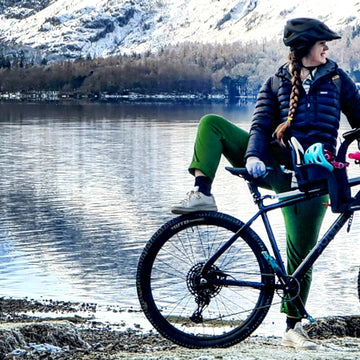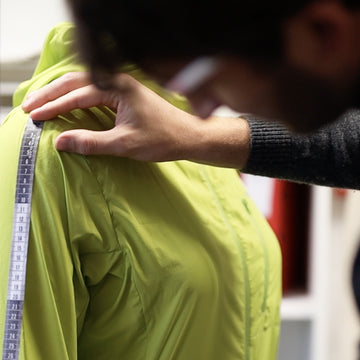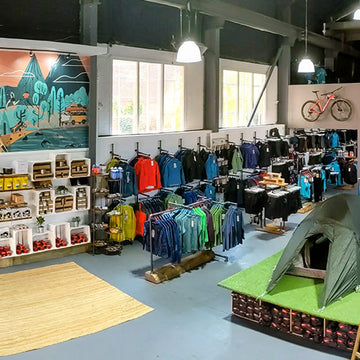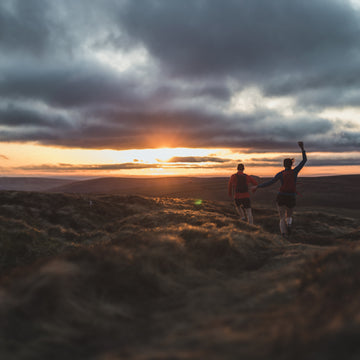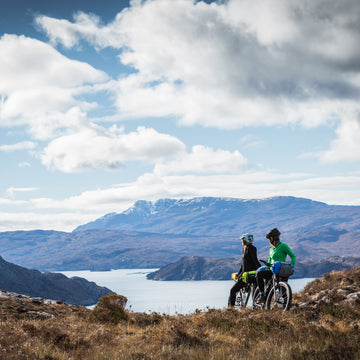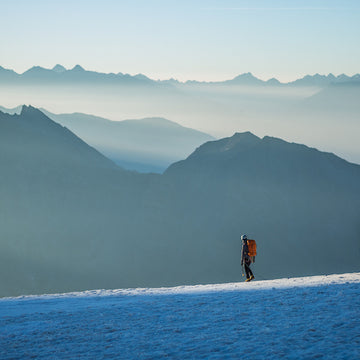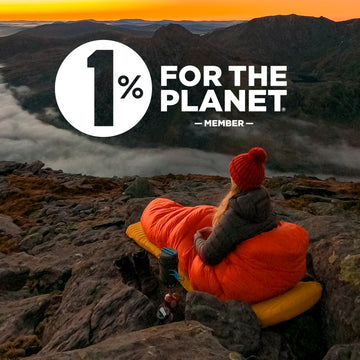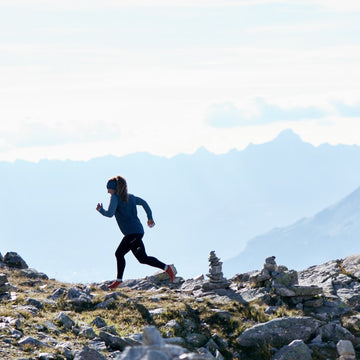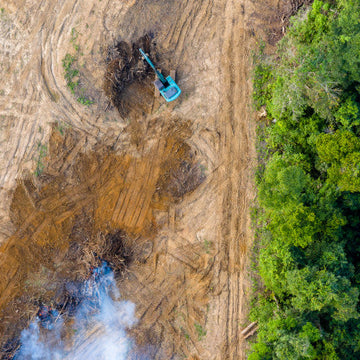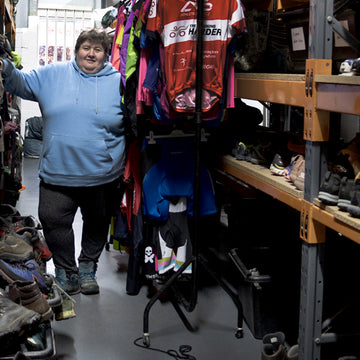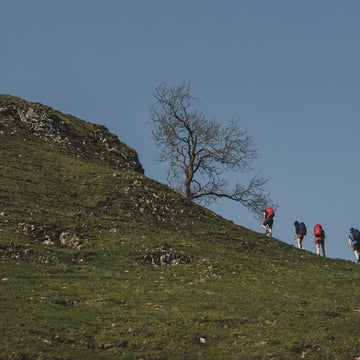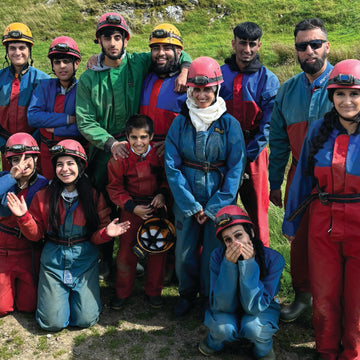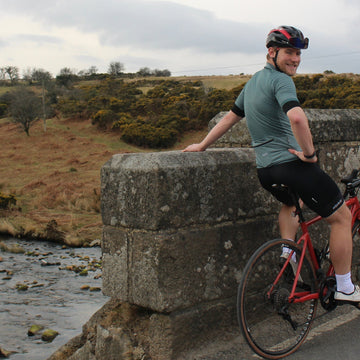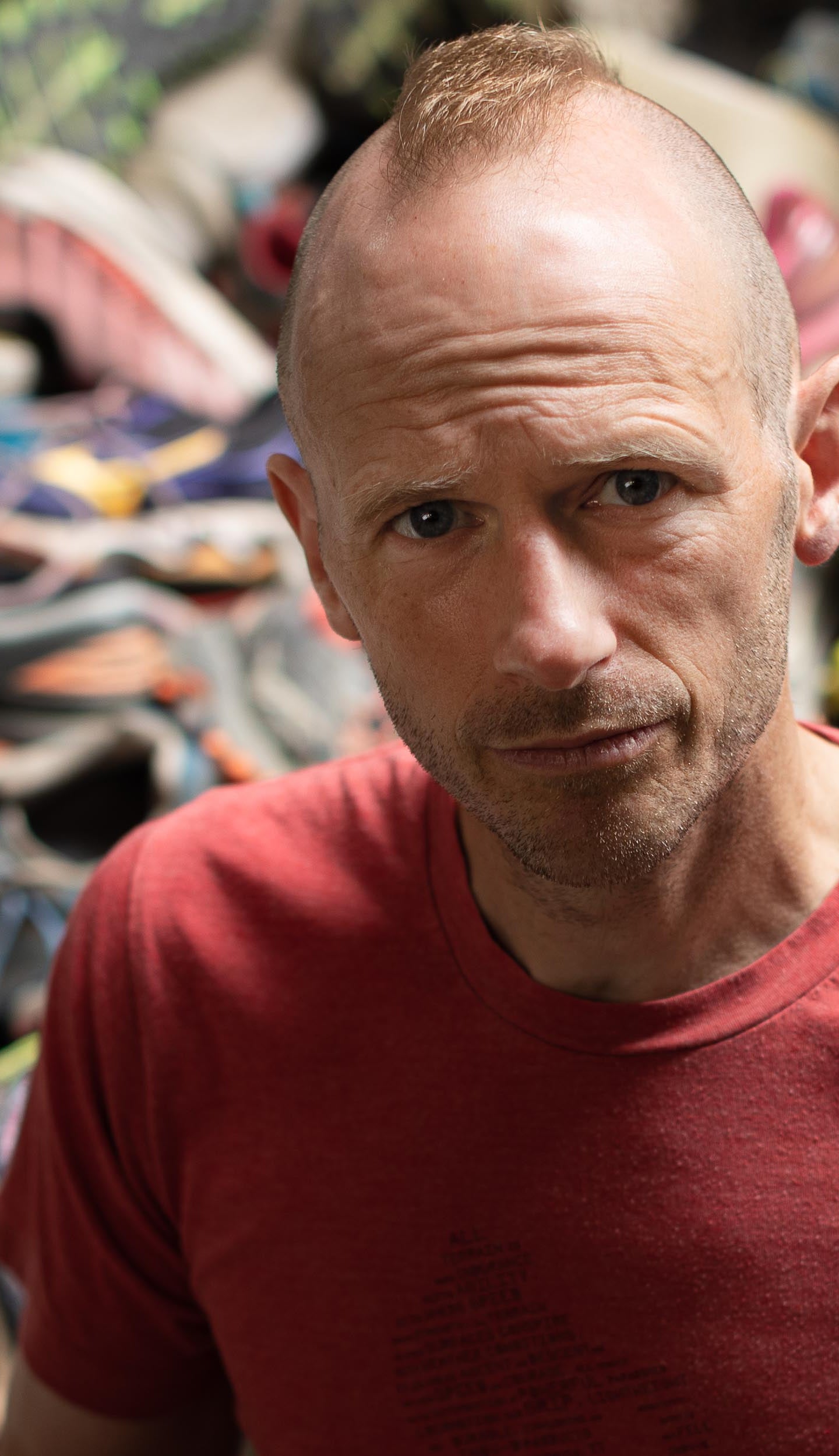
From Damian Hall's forthcoming book *We Can't Run Away From This*, learn how the running community can reduce its environmental impact. The book advocates for meaningful industry changes, while emphasizing how runners should also reconsider their expectations and habits.
This is an extract from Damian Hall's upcoming book, We Can't Run Away From This. It's about improving running's footprint in the climate emergency.
While clearly the industry needs radical change, we runners probably need to change our expectations and behaviours too. A recent outdoor-industry consumer-trend report included the phrases ‘pursuit of preloved’, ‘thrifting is trending’ and the suggestion that consumers are moving from an ‘owning’ to an ‘experiencing’ mindset. The industry is said to be designing for longevity and grappling with the concept of circularity, meaning rental, repair, resale and (proper) recycling.
Less than 1% of clothes are currently recycled into new fibres and while it might make sense that shoes are difficult to recycle because they’re made from so many different parts, a T-shirt? What about recycling clothing that’s already out there, for that circular-economy approach the industry loves to bang on about? As ever, it’s not that simple. Even labels and threads on T-shirts add prohibitive complexity to the recycling process. Fabrics such as polyester are almost impossible to recycle, while mixed fibres cannot be recycled at all.[1] Everyone needs to invest in circular recycling, says design and innovation consultant Anne Prahl, meaning ‘textiles to textiles recycling’.

Mechanical and chemical recycling are the two current options. Mechanical recycling is a harsh manual process where fabrics are shredded and pulled, then turned into fibres of shorter length. The new material lacks some of its previous qualities (but retains colour) and can’t be used for new clothing, though it can be downcycled for things like carpets. It can, though, be used for synthetic apparel yarns and has a big footprint savings over chemical recycling.
Some, however, believe chemical recycling is the only way to achieve textile-to-textile circularity. This process breaks down plastic waste into a chemical or oil-like solution, rather like its original virgin form, providing raw materials for future plastics. But it’s expensive and can’t currently be done at scale.
However, there is progress among outdoor brands. Helly Hansen are close to producing genuine textile-to-textile recycling with polypropylene. After realising that its climbing ropes, made from polymaides, caused the highest CO2e, Mammut now makes T-shirts with discarded ropes collected at fifty recycle points.[2] Similarly, Berg Outdoor have made an insulated jacket using surplus parachute fabric and recycled zips (which have long been a problem, but are finally recyclable). Rab are making waterproof jackets designed to be recycled at end of use. Presca, which claims to be ‘the world’s first climate positive sportswear company’, is making attire from post-consumer waste and has stripped away trimmings on newer garments so they can be recycled (plus their factories use renewable energy). Teko, meanwhile, are making socks from ‘regenerated’ fishing nets. Houdini is one of very few brands that can say all of its fabrics are recycled and recyclable, as well as being renewable, biodegradable and/or Bluesign-certified.
There are advancements in biodegradability, durable materials that quickly degrade when the product is discarded. (Though that still requires virgin materials and the biodegrading circumstances are very specific at the moment.) B-Corp-certified British outdoor brand Finisterre specialises in recycled and responsibly sourced clothing with a transparent supply chain and has recently made a biodegradable smock. PrimaLoft and CiClo have produced biodegradable garments that are made from recycled fibres in the first place.
The world’s greenest football club, Forest Green Rovers (from my hometown of Nailsworth and for whose youth team I made two, bordering on disastrous, substitute appearances), have been playing in shirts made of ‘100% biodegradable bamboo’, while running brand BAM use it as a fibre additive.[3] More recently Forest Green have been playing in a kit made from coffee beans – something also used by running brand Sundried.
In mainstream fashion, H&M and Levi’s collect preloved clothing and footwear in their stores for reuse and recycling, while Asda sells second-hand clothes and Unilever are bringing in carbon labelling. Other brands are experimenting with rental options, something market research shows runners might happily go for – presumably with specific kit, such as packs, poles and head torches, rather than well-stained shorts. In Tokyo you can rent running shoes.
‘Sports apparel brands need to offer these kinds of things,’ says Anne Prahl. Indeed, rental clothes are proving popular in the fashion world and Rab now offer backpacks, waterproof jackets and sleeping bags for hire. Quality waterproof jackets cost hundreds of pounds, but Rab charges £21 (at time of writing). Not only environmentally better, but helping make the outdoors more accessible too. Arc’teryx and Houdini offer similar.
The fourth ‘R’ of circularity, the ‘right to repair’ concept, pioneered by Patagonia, is slowly gaining traction over here. In fact, in 2021 a right-to-repair law came in for electrical appliances in the UK, meaning producers legally have to help them be fixed at home. ‘When someone purchases a piece of outdoor equipment, they shouldn’t be tied in to paying more for that equipment to be repaired,’ says Switchback Clothing (switchbackclothing.co), an online shop for reused outdoor clothing, founded by science communicator Huw James. ‘We’re asking for outdoor manufacturers to make their fabrics and threads available to the public so their customers have the right to repair.’

Runners clearly need more repair options, which go foot-in-shoe with the idea of celebrating the longevity of kit and the idea that scars tell the story. In the UK, Rab, Finisterre, Alpkit and a few others have started offering them, sometimes adding contrasting coloured patches. ‘People want to show off battle-scar garments that they’ve had for decades,’ says sustainability expert Charles Ross, who cites Prince Charles appearing on Countryfile with thirty-seven patches on his jacket. ‘If it’s good enough for His Royal Highness, it’s good enough for me!’ Like ReRun Clothing’s Charlotte Jalley, he thinks we need to help people love their garments for longer, take pride in the clothes they have.
Anne has worked with sports and fashion companies such as inov-8 on simply making their products more durable, extending the active lifespan of clothing and footwear. ‘That is the first step of circularity,’ she says. ‘Durability has been kind of retrofitted into circularity. Circular design principles should include first creating something durable, so it can have a long life, or several lives. It should also be designed for eventual disassembly and recycling. But really, only when the product has been used so much that it is beyond repair should it be recycled. Durability, and quality, should be at the forefront, especially for running.’
Brands shouldn’t try to do everything, Anne advises. They should think about what matters to them most. ‘I think the brands who have an obvious message – like Icebreaker saying they’re eliminating plastic and only using natural materials by 2023 – that’s a really big statement, a clear message and a consumer can really identify with it. Rather than saying, “Oh, we are sustainable, we’re doing this, we’re doing that”, doing lots of random little things that probably didn’t have any major results. Unfortunately, the difference between being a bit more sustainable and really having specific or significant impact is not there. There’s a huge gap there. Brands are just going for the “little bit better” option at the moment.’
Are most of these companies simply in it for the money and nothing more, willing to make easy statements about sustainability and recycle a few plastic bottles, all for the sake of perpetual profiteering over the health of the planet? It’s hard to shake that idea sometimes. Does any running brand impress Charlotte Jalley? ‘I’ll be impressed when one says, “Right, we’re putting a cap on, we’re not intending to grow any more this year.” Because most of the damage to the environment is done in production. We have to cut down on production. I will personally start listening when they are talking about that, and repair, and longevity.’
Fashion-industry icon Dame Vivienne Westwood puts it even more succinctly: ‘Buy less. Choose well. Make it last.’ When you put it like that, things don’t seem so complicated.
[1] According to a report by Greens in the EU and European Parliament.
[2] At end-of-life, the T-shirts can be recycled again and again, while the use of recycled nylon compared to virgin raw materials reduces CO2 emissions by 67%.
[3] Though there are question marks about whether bamboo will biodegrade if synthetically dyed.

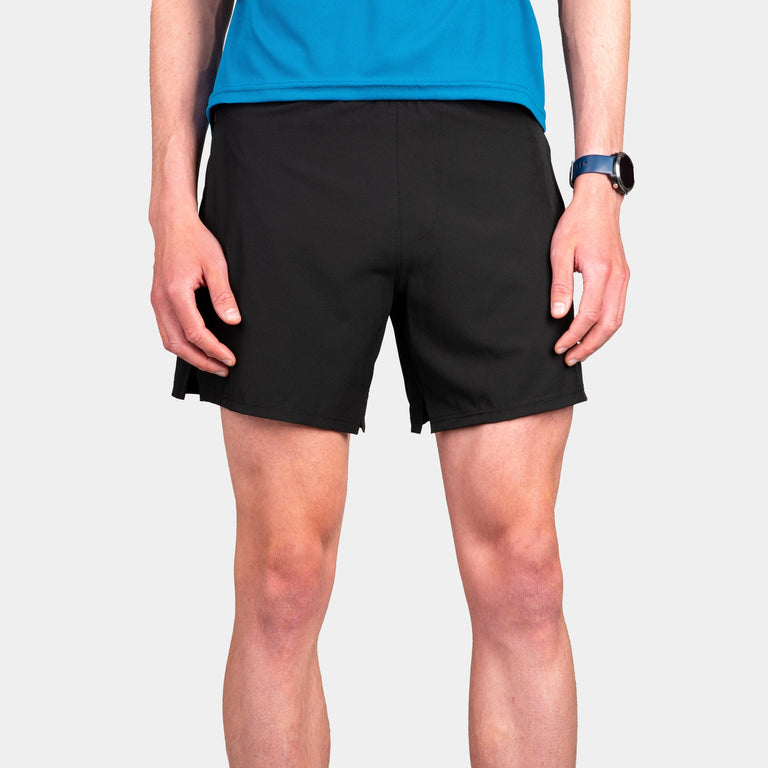
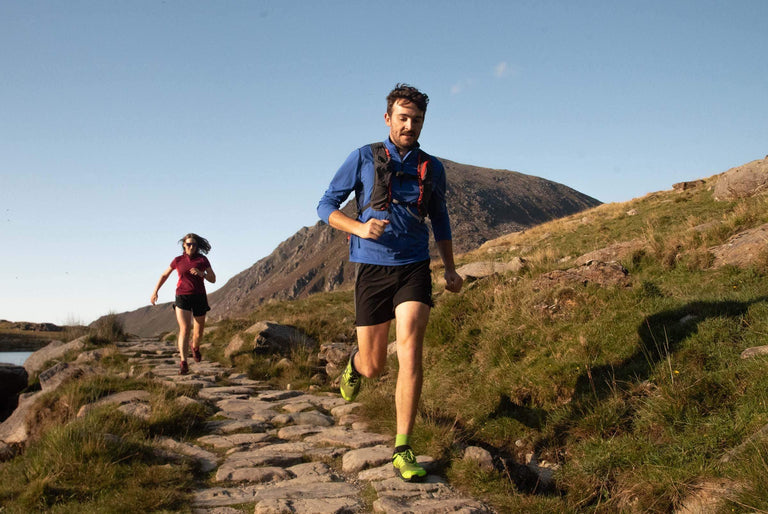
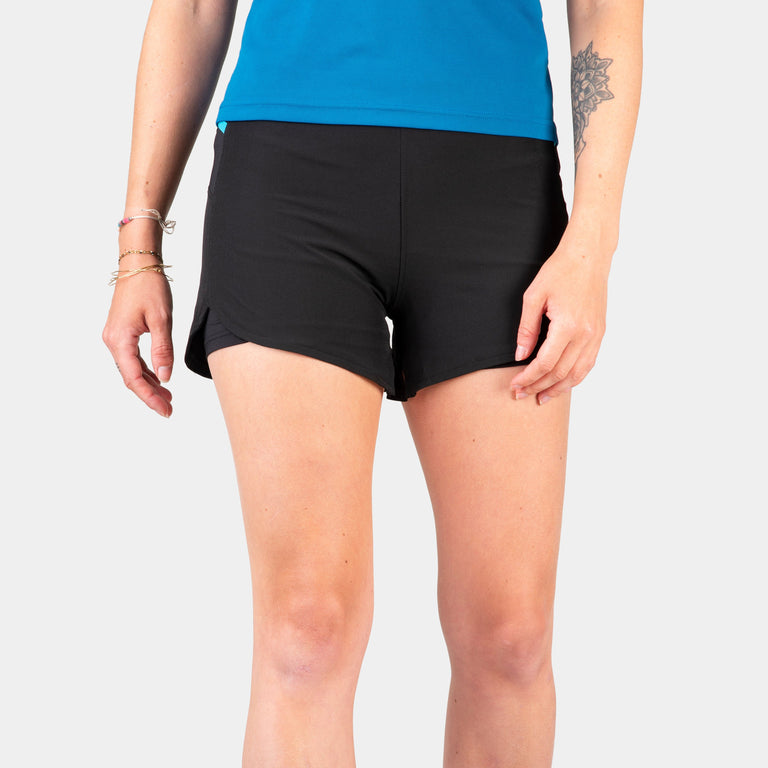
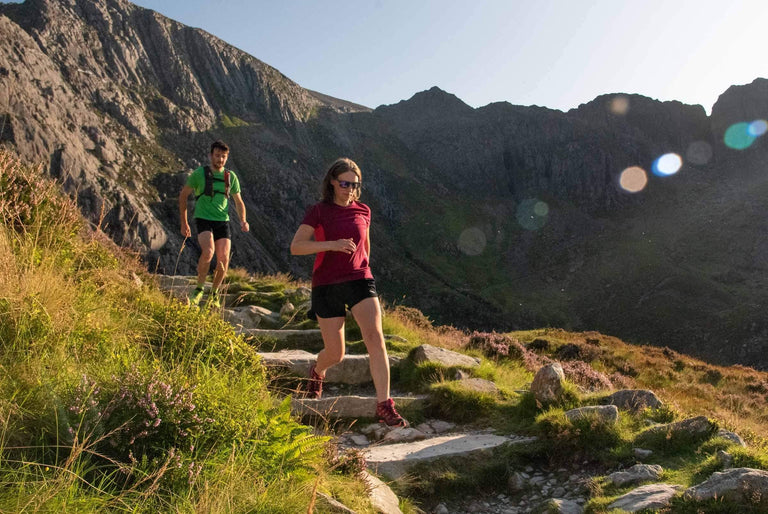
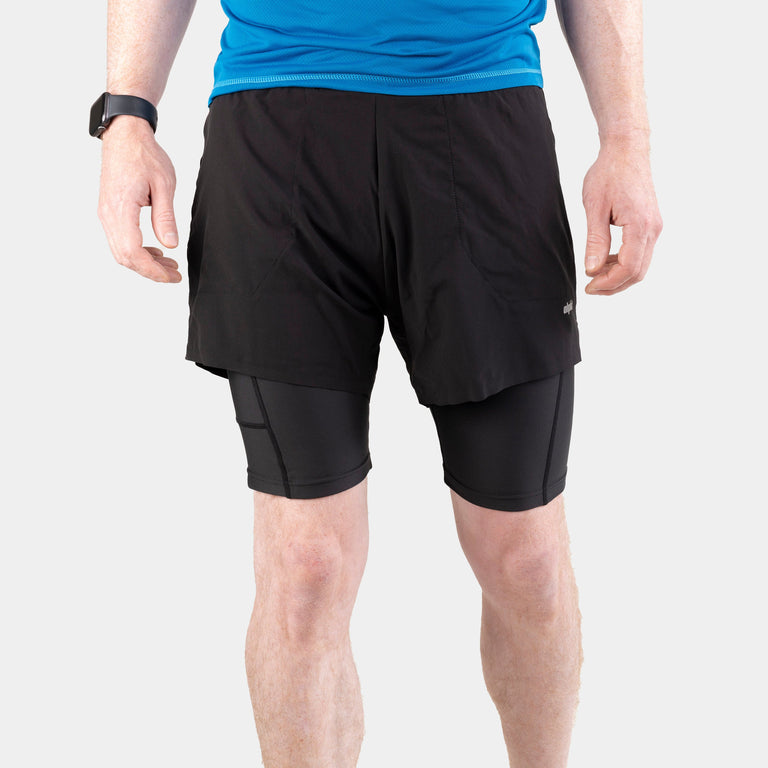



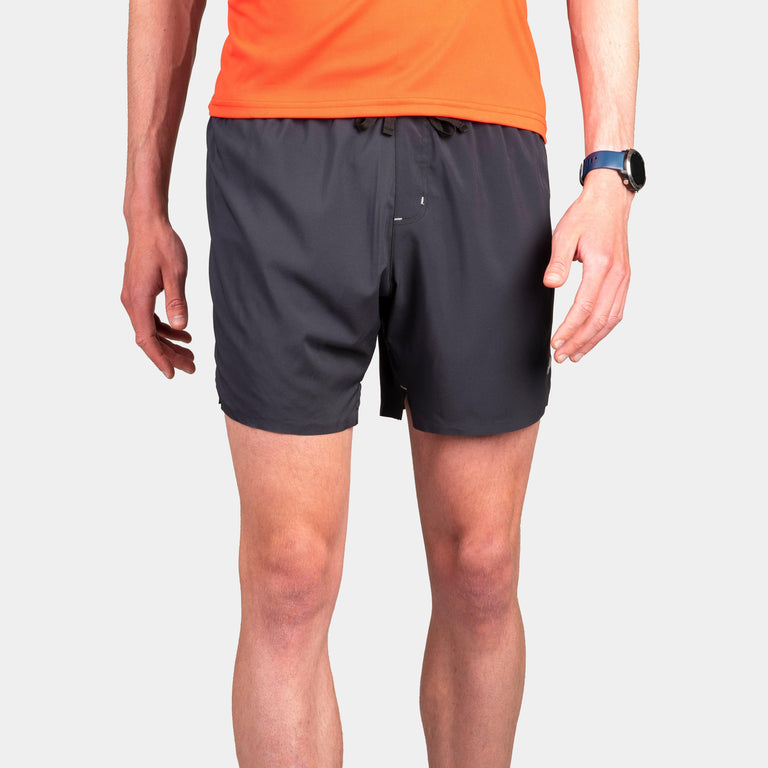
![Vayper Short 6 [Mens]](http://alpkit.com/cdn/shop/files/VAYPER_MENS_TENERIFE_005312__4000px_533bc924-d067-4d39-a146-d80f1ae20554.jpg?v=1695900862&width=768)

![Vayper Short 5 [Womens]](http://alpkit.com/cdn/shop/files/VAYPER_WOMENS_TENERIFE_004825__4000px_d8e2adcc-be0e-4ef5-9c7f-14a502f85f2b.jpg?v=1695908657&width=768)

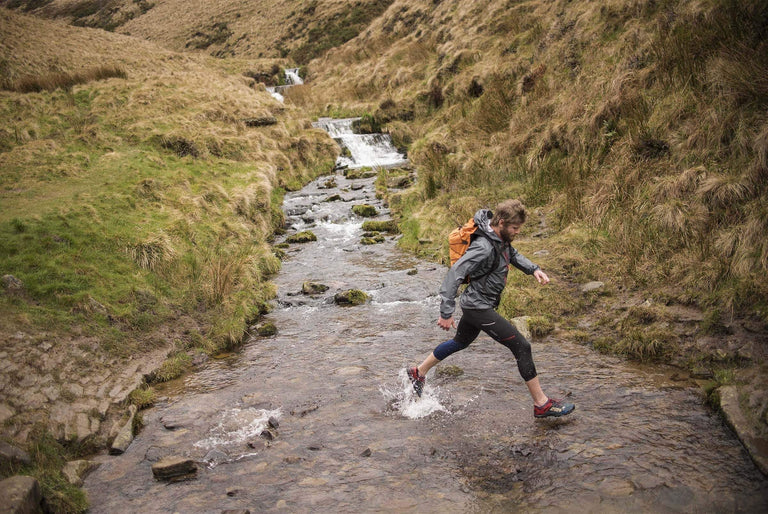
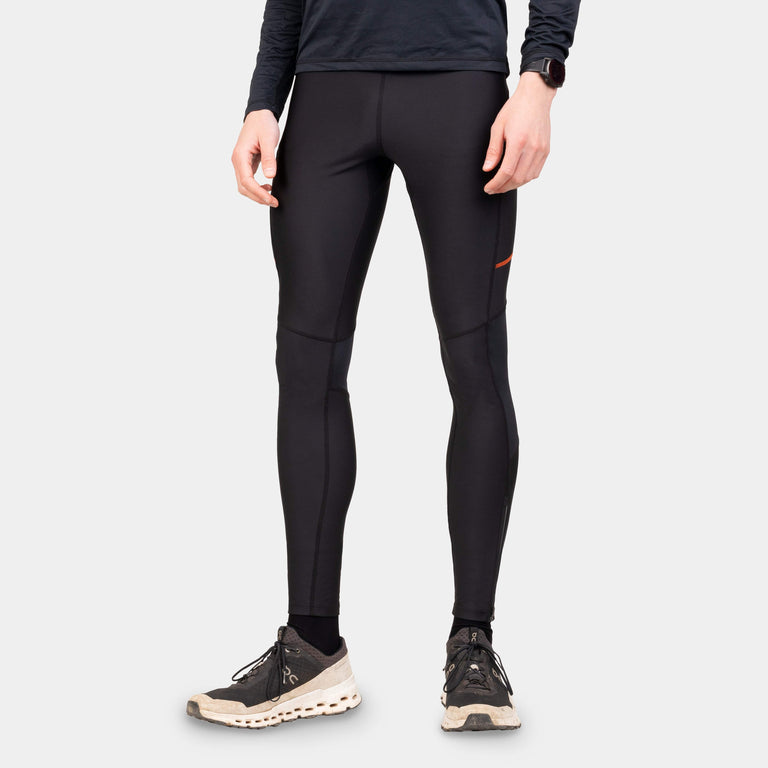
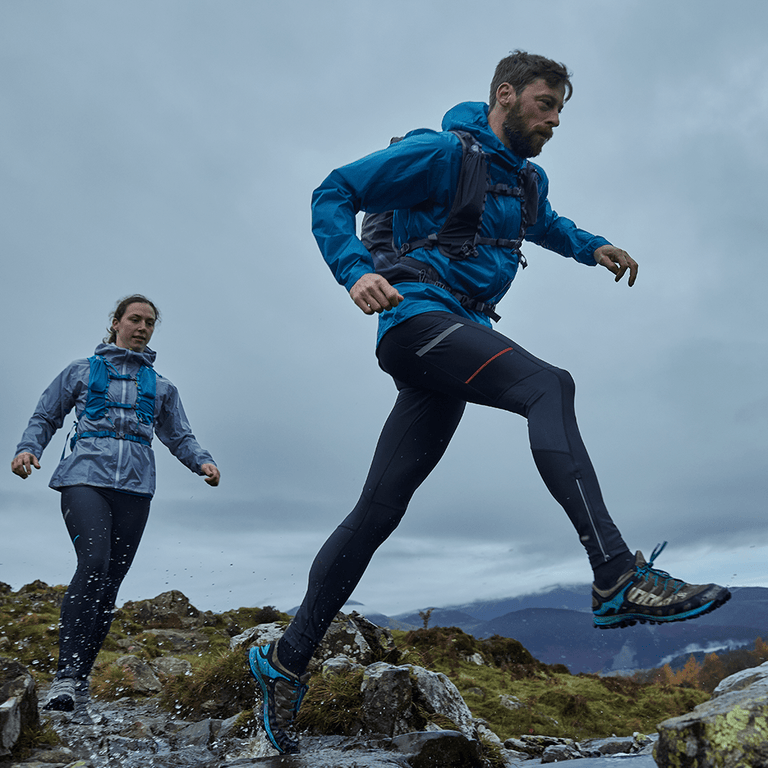
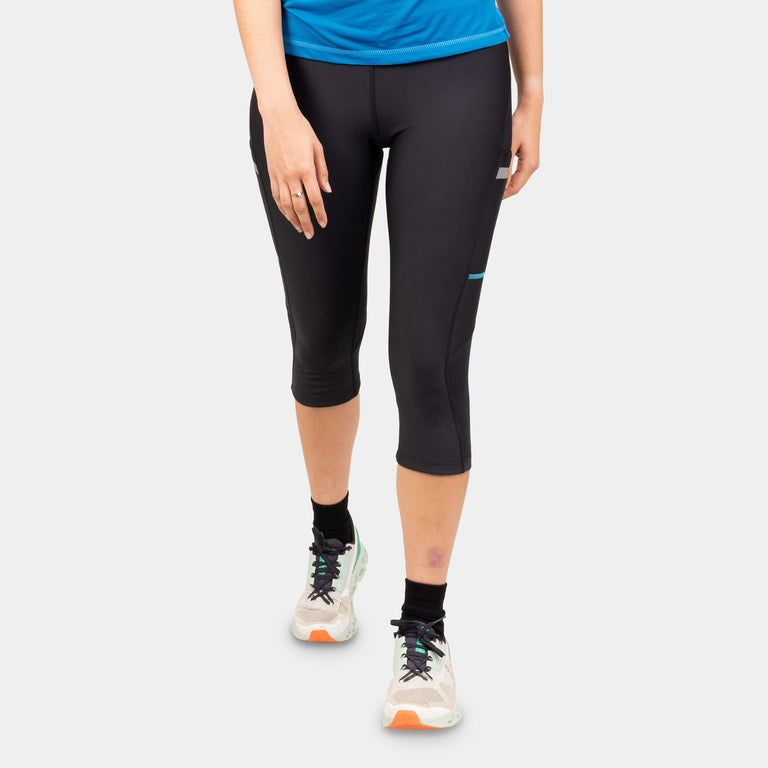
![Koulin Trail 3/4 Tights [Womens]](http://alpkit.com/cdn/shop/files/Running_C3_001637_1.jpg?v=1762197763&width=768)
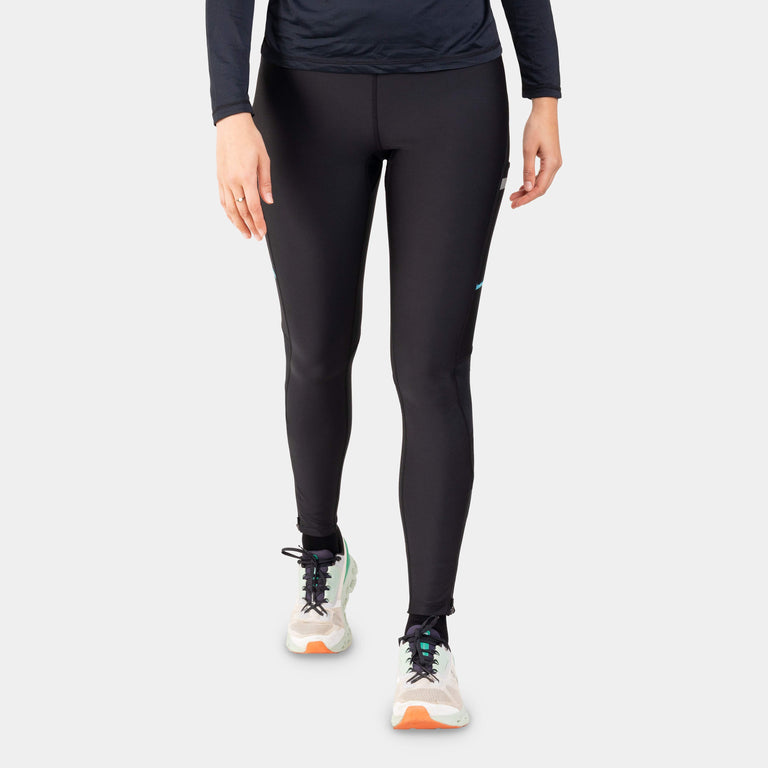
![Koulin Trail Tights [Womens]](http://alpkit.com/cdn/shop/files/RUN_AW24_Chamonix_0695_1.jpg?v=1762197763&width=768)

![Mello Tight [Womens]](http://alpkit.com/cdn/shop/files/OUTPOST-14_SS23_MALAGA_RUN_Card_2_001009__1.jpg?v=1764159970&width=768)
![Mello Long Short [Womens]](http://alpkit.com/cdn/shop/files/womens-mello-long.jpg?v=1764159906&width=768)
![Mello Long Short [Womens]](http://alpkit.com/cdn/shop/files/womens-mello-long-short-1.jpg?v=1764159906&width=768)




